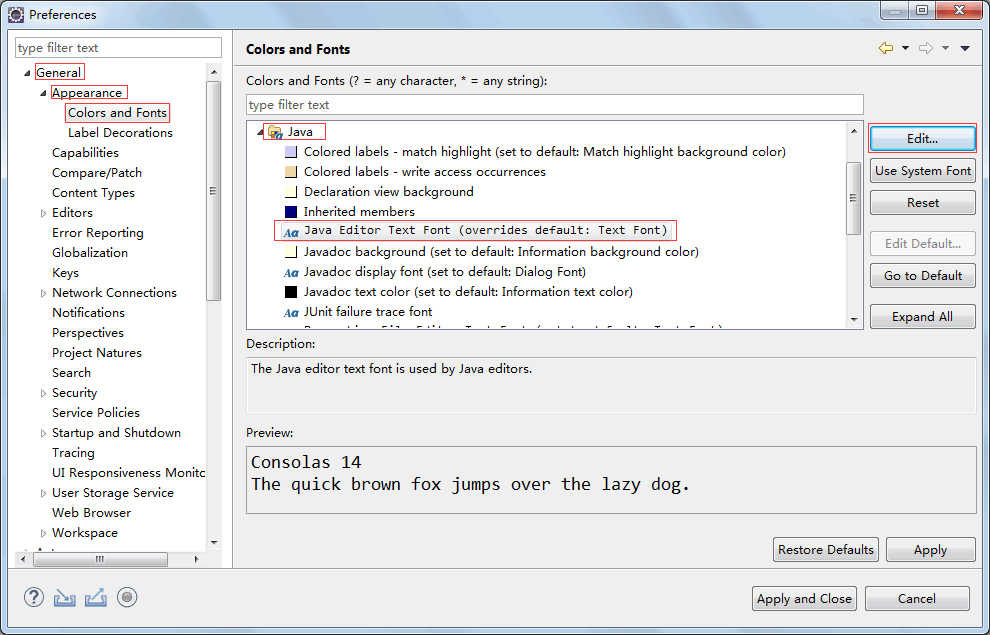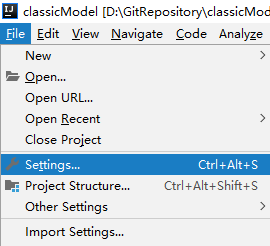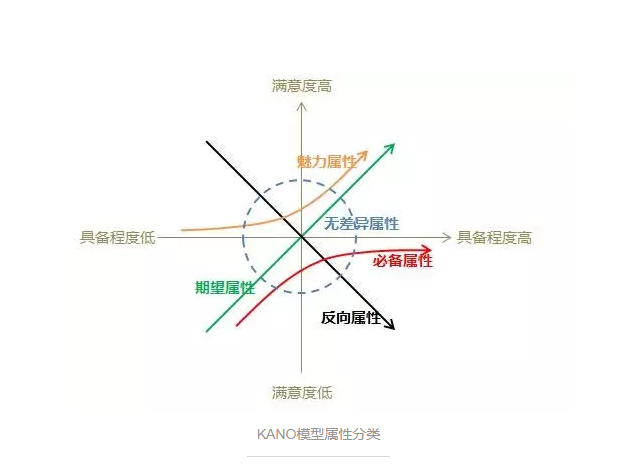C++中智能指针的原理、使用、实现

链接 | https://www.cnblogs.com/wxquare/p/4759020.html
1、智能指针的作用
C++程序设计中使用堆内存是非常频繁的操作,堆内存的申请和释放都由程序员自己管理。程序员自己管理堆内存可以提高了程序的效率,但是整体来说堆内存的管理是麻烦的,C++11中引入了智能指针的概念,方便管理堆内存。使用普通指针,容易造成堆内存泄露(忘记释放),二次释放,程序发生异常时内存泄露等问题等,使用智能指针能更好的管理堆内存。
理解智能指针需要从下面三个层次:
1、从较浅的层面看,智能指针是利用了一种叫做RAII(资源获取即初始化)的技术对普通的指针进行封装,这使得智能指针实质是一个对象,行为表现的却像一个指针。
2、智能指针的作用是防止忘记调用delete释放内存和程序异常的进入catch块忘记释放内存。另外指针的释放时机也是非常有考究的,多次释放同一个指针会造成程序崩溃,这些都可以通过智能指针来解决。
3、智能指针还有一个作用是把值语义转换成引用语义。C++和Java有一处最大的区别在于语义不同,在Java里面下列代码:
Animal a = new Animal();
Animal b = a;
你当然知道,这里其实只生成了一个对象,a和b仅仅是把持对象的引用而已。但在C++中不是这样,
Animal a;
Animal b = a;
这里却是就是生成了两个对象。
关于值语言参考这篇文章http://www.cnblogs.com/Solstice/archive/2011/08/16/2141515.html
2、智能指针的使用
智能指针在C++11版本之后提供,包含在头文件中,shared_ptr、unique_ptr、weak_ptr
2.1 shared_ptr的使用
shared_ptr多个指针指向相同的对象。shared_ptr使用引用计数,每一个shared_ptr的拷贝都指向相同的内存。每使用他一次,内部的引用计数加1,每析构一次,内部的引用计数减1,减为0时,自动删除所指向的堆内存。shared_ptr内部的引用计数是线程安全的,但是对象的读取需要加锁。
- 初始化。智能指针是个模板类,可以指定类型,传入指针通过构造函数初始化。也可以使用make_shared函数初始化。不能将指针直接赋值给一个智能指针,一个是类,一个是指针。例如std::shared_ptr p4 = new int(1);的写法是错误的
- 拷贝和赋值。拷贝使得对象的引用计数增加1,赋值使得原对象引用计数减1,当计数为0时,自动释放内存。后来指向的对象引用计数加1,指向后来的对象
- get函数获取原始指针
- 注意不要用一个原始指针初始化多个shared_ptr,否则会造成二次释放同一内存
注意避免循环引用,shared_ptr的一个最大的陷阱是循环引用,循环,循环引用会导致堆内存无法正确释放,导致内存泄漏。循环引用在weak_ptr中介绍。
include
include
int main() {
{int a = 10;std::shared_ptr<int> ptra = std::make_shared<int>(a);std::shared_ptr<int> ptra2(ptra); //copystd::cout << ptra.use_count() << std::endl;int b = 20;int *pb = &a;//std::shared_ptr<int> ptrb = pb; //errorstd::shared_ptr<int> ptrb = std::make_shared<int>(b);ptra2 = ptrb; //assignpb = ptrb.get(); //获取原始指针std::cout << ptra.use_count() << std::endl;std::cout << ptrb.use_count() << std::endl;}
}
2.2 unique_ptr的使用
unique_ptr“唯一”拥有其所指对象,同一时刻只能有一个unique_ptr指向给定对象(通过禁止拷贝语义、只有移动语义来实现)。相比与原始指针unique_ptr用于其RAII的特性,使得在出现异常的情况下,动态资源能得到释放。unique_ptr指针本身的生命周期:从unique_ptr指针创建时开始,直到离开作用域。离开作用域时,若其指向对象,则将其所指对象销毁(默认使用delete操作符,用户可指定其他操作)。unique_ptr指针与其所指对象的关系:在智能指针生命周期内,可以改变智能指针所指对象,如创建智能指针时通过构造函数指定、通过reset方法重新指定、通过release方法释放所有权、通过移动语义转移所有权。
#include <iostream>#include <memory>int main() {{std::unique_ptr<int> uptr(new int(10)); //绑定动态对象//std::unique_ptr<int> uptr2 = uptr; //不能賦值//std::unique_ptr<int> uptr2(uptr); //不能拷貝std::unique_ptr<int> uptr2 = std::move(uptr); //轉換所有權uptr2.release(); //释放所有权}//超過uptr的作用域,內存釋放}
2.3 weak_ptr的使用
weak_ptr是为了配合shared_ptr而引入的一种智能指针,因为它不具有普通指针的行为,没有重载operator*和->,它的最大作用在于协助shared_ptr工作,像旁观者那样观测资源的使用情况。weak_ptr可以从一个shared_ptr或者另一个weak_ptr对象构造,获得资源的观测权。但weak_ptr没有共享资源,它的构造不会引起指针引用计数的增加。使用weak_ptr的成员函数use_count()可以观测资源的引用计数,另一个成员函数expired()的功能等价于use_count()==0,但更快,表示被观测的资源(也就是shared_ptr的管理的资源)已经不复存在。weak_ptr可以使用一个非常重要的成员函数lock()从被观测的shared_ptr获得一个可用的shared_ptr对象, 从而操作资源。但当expired()==true的时候,lock()函数将返回一个存储空指针的shared_ptr。
#include <iostream>#include <memory>int main() {{std::shared_ptr<int> sh_ptr = std::make_shared<int>(10);std::cout << sh_ptr.use_count() << std::endl;std::weak_ptr<int> wp(sh_ptr);std::cout << wp.use_count() << std::endl;if(!wp.expired()){std::shared_ptr<int> sh_ptr2 = wp.lock(); //get another shared_ptr*sh_ptr = 100;std::cout << wp.use_count() << std::endl;}}//delete memory}
2.4 循环引用
考虑一个简单的对象建模——家长与子女:a Parent has a Child, a Child knowshis/her Parent。在Java 里边很好写,不用担心内存泄漏,也不用担心空悬指针,只要正确初始化myChild 和myParent,那么Java 程序员就不用担心出现访问错误。一个handle 是否有效,只需要判断其是否non null。
public class Parent{private Child myChild;}public class Child{private Parent myParent;}
在C++里边就要为资源管理费一番脑筋。如果使用原始指针作为成员,Child和Parent由谁释放?那么如何保证指针的有效性?如何防止出现空悬指针?这些问题是C++面向对象编程麻烦的问题,现在可以借助smart pointer把对象语义(pointer)转变为值(value)语义,shared_ptr轻松解决生命周期的问题,不必担心空悬指针。但是这个模型存在循环引用的问题,注意其中一个指针应该为weak_ptr。
原始指针的做法,容易出错
#include <iostream>#include <memory>class Child;class Parent;class Parent {private:Child* myChild;public:void setChild(Child* ch) {this->myChild = ch;}void doSomething() {if (this->myChild) {}}~Parent() {delete myChild;}};class Child {private:Parent* myParent;public:void setPartent(Parent* p) {this->myParent = p;}void doSomething() {if (this->myParent) {}}~Child() {delete myParent;}};int main() {{Parent* p = new Parent;Child* c = new Child;p->setChild(c);c->setPartent(p);delete c; //only delete one}return 0;}
循环引用内存泄露的问题
#include <iostream>#include <memory>class Child;class Parent;class Parent {private:std::shared_ptr<Child> ChildPtr;public:void setChild(std::shared_ptr<Child> child) {this->ChildPtr = child;}void doSomething() {if (this->ChildPtr.use_count()) {}}~Parent() {}};class Child {private:std::shared_ptr<Parent> ParentPtr;public:void setPartent(std::shared_ptr<Parent> parent) {this->ParentPtr = parent;}void doSomething() {if (this->ParentPtr.use_count()) {}}~Child() {}};int main() {std::weak_ptr<Parent> wpp;std::weak_ptr<Child> wpc;{std::shared_ptr<Parent> p(new Parent);std::shared_ptr<Child> c(new Child);p->setChild(c);c->setPartent(p);wpp = p;wpc = c;std::cout << p.use_count() << std::endl; // 2std::cout << c.use_count() << std::endl; // 2}std::cout << wpp.use_count() << std::endl; // 1std::cout << wpc.use_count() << std::endl; // 1return 0;}
正确的做法
#include <iostream>#include <memory>class Child;class Parent;class Parent {private://std::shared_ptr<Child> ChildPtr;std::weak_ptr<Child> ChildPtr;public:void setChild(std::shared_ptr<Child> child) {this->ChildPtr = child;}void doSomething() {//new shared_ptrif (this->ChildPtr.lock()) {}}~Parent() {}};class Child {private:std::shared_ptr<Parent> ParentPtr;public:void setPartent(std::shared_ptr<Parent> parent) {this->ParentPtr = parent;}void doSomething() {if (this->ParentPtr.use_count()) {}}~Child() {}};int main() {std::weak_ptr<Parent> wpp;std::weak_ptr<Child> wpc;{std::shared_ptr<Parent> p(new Parent);std::shared_ptr<Child> c(new Child);p->setChild(c);c->setPartent(p);wpp = p;wpc = c;std::cout << p.use_count() << std::endl; // 2std::cout << c.use_count() << std::endl; // 1}std::cout << wpp.use_count() << std::endl; // 0std::cout << wpc.use_count() << std::endl; // 0return 0;}
3、智能指针的设计和实现
下面是一个简单智能指针的demo。智能指针类将一个计数器与类指向的对象相关联,引用计数跟踪该类有多少个对象共享同一指针。每次创建类的新对象时,初始化指针并将引用计数置为1;当对象作为另一对象的副本而创建时,拷贝构造函数拷贝指针并增加与之相应的引用计数;对一个对象进行赋值时,赋值操作符减少左操作数所指对象的引用计数(如果引用计数为减至0,则删除对象),并增加右操作数所指对象的引用计数;调用析构函数时,构造函数减少引用计数(如果引用计数减至0,则删除基础对象)。智能指针就是模拟指针动作的类。所有的智能指针都会重载 -> 和 * 操作符。智能指针还有许多其他功能,比较有用的是自动销毁。这主要是利用栈对象的有限作用域以及临时对象(有限作用域实现)析构函数释放内存。
1 #include <iostream>2 #include <memory>34 template<typename T>5 class SmartPointer {6 private:7 T* _ptr;8 size_t* _count;9 public:10 SmartPointer(T* ptr = nullptr) :11 _ptr(ptr) {12 if (_ptr) {13 _count = new size_t(1);14 } else {15 _count = new size_t(0);16 }17 }1819 SmartPointer(const SmartPointer& ptr) {20 if (this != &ptr) {21 this->_ptr = ptr._ptr;22 this->_count = ptr._count;23 (*this->_count)++;24 }25 }2627 SmartPointer& operator=(const SmartPointer& ptr) {28 if (this->_ptr == ptr._ptr) {29 return *this;30 }3132 if (this->_ptr) {33 (*this->_count)--;34 if (this->_count == 0) {35 delete this->_ptr;36 delete this->_count;37 }38 }3940 this->_ptr = ptr._ptr;41 this->_count = ptr._count;42 (*this->_count)++;43 return *this;44 }4546 T& operator*() {47 assert(this->_ptr == nullptr);48 return *(this->_ptr);4950 }5152 T* operator->() {53 assert(this->_ptr == nullptr);54 return this->_ptr;55 }5657 ~SmartPointer() {58 (*this->_count)--;59 if (*this->_count == 0) {60 delete this->_ptr;61 delete this->_count;62 }63 }6465 size_t use_count(){66 return *this->_count;67 }68 };6970 int main() {71 {72 SmartPointer<int> sp(new int(10));73 SmartPointer<int> sp2(sp);74 SmartPointer<int> sp3(new int(20));75 sp2 = sp3;76 std::cout << sp.use_count() << std::endl;77 std::cout << sp3.use_count() << std::endl;78 }79 //delete operator80 }
往期**推荐**
☞ 趣味设计模式
☞ 音视频开发
☞ C++ 进阶
☞ 超硬核 Qt
☞ 玩转 Linux
☞ GitHub 开源推荐
☞ 程序人生
关注公众号「高效程序员」????,一起优秀!
回复“1024”,送你一份程序员大礼包。



































还没有评论,来说两句吧...